Shanghai is home to several prominent shrines (which you can also read about here, here, here and here), the oldest and largest being Longhua Temple. Unlike the others, it feels authentically old, having survived the Cultural Revolution mostly unscathed. Tucked away in the southwest suburbs, Longhua Temple is a charming place to spend a quiet afternoon, unless you visit during the annual temple fair (April or May depending on the year) when worshipers descend on the complex in droves.
The most striking of all its buildings is Longhua Pagoda, which dates to the 10th century Song Dynasty. The brick and wood pagoda, found just outside the temple grounds, leans precariously in the direction of some power lines, which looks to be a recipe for disaster. Amazingly, the seven story structure was once the highest point in Shanghai!
Originally constructed in the 3rd century, Longhua Temple is named for the tree under which Buddha attained nirvana. Destroyed by war and rebuilt several times, most of the current buildings date to the 19th century Qing Dynasty and received a major face lift in 1954.
There are four main sanctuaries, each holding important Buddhist images, plus abbot’s quarters that are off-limits to tourists. The Grand Hall at the center of the complex features a gilded Buddha sitting in a lotus flower flanked by two of his disciples. The reverse side of the altar is carved with the sixteen principle arhats who also achieved nirvana and seem to float behind a golden statue of Guanyin, a female representation of the Buddha associated with mercy and compassion.
Longhua Temple is famous for its peach blossoms which attract tourists from across the region. We visited in early spring, when the trees were just beginning to flower. The air was crisp, but the sun shone brightly and monks were out enjoying the fine day. Even without the gorgeous blooms, the temple is still one of the better historical sights in Shanghai and worth a gander any time of year.
Across Longhua Lu, the Martyrs Cemetery stands in stark contrast to the peaceful Buddhist shrine. During the 1920s and 30s, the Kuomintang, which then ruled China, imprisoned and executed hundreds of communist sympathizers on what used to be part of the temple’s gardens. Later, during World War Two, the Japanese interred prisoners of war at this site.
Today, the remains of those killed are buried at the cemetery. Visitors can also tour the prison, accessed via tunnel, but we didn’t go in. The expansive and well-tended park is dotted with colossal sculptures of revolutionaries, many curiously bare breasted.
Gruesome history aside, it’s actually a lovely spot to wander around in. During our visit, locals were exercising on the lawn, performing tai chi in front of a memorial wall and enjoying the spring day with friends and neighbors.
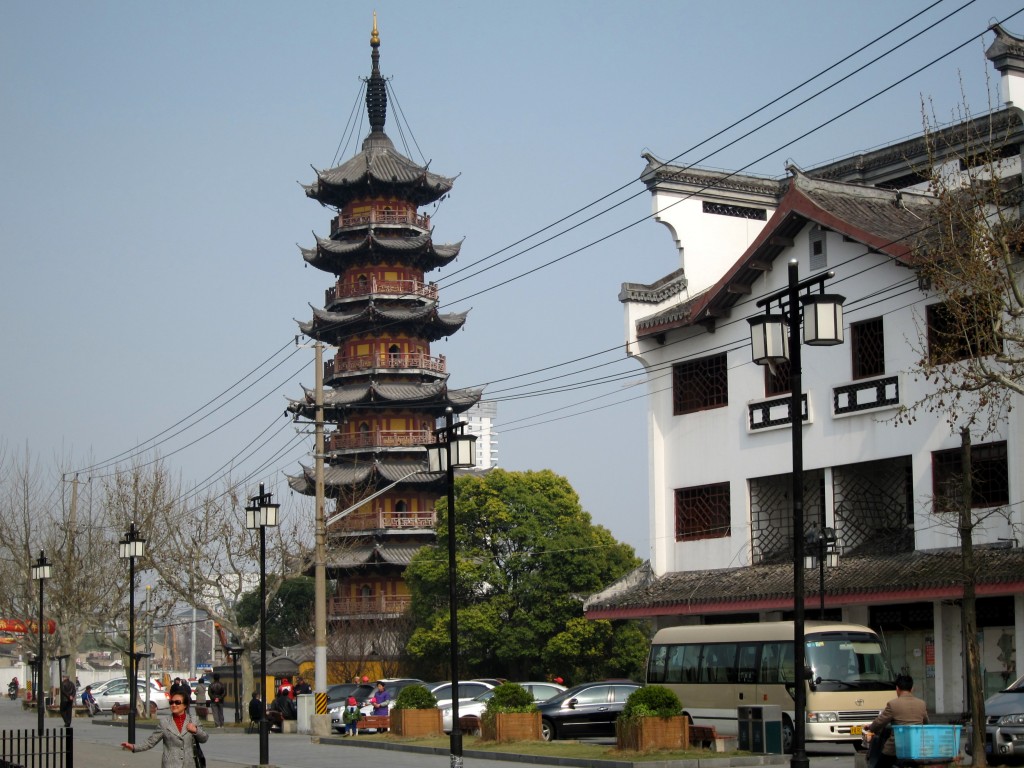
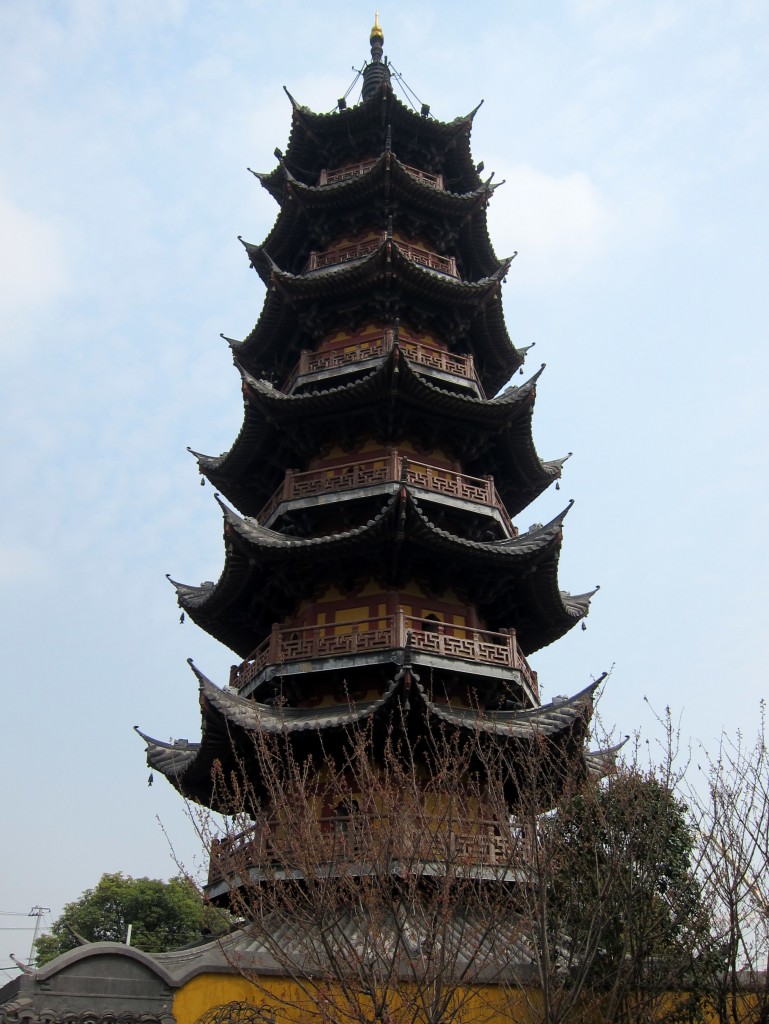
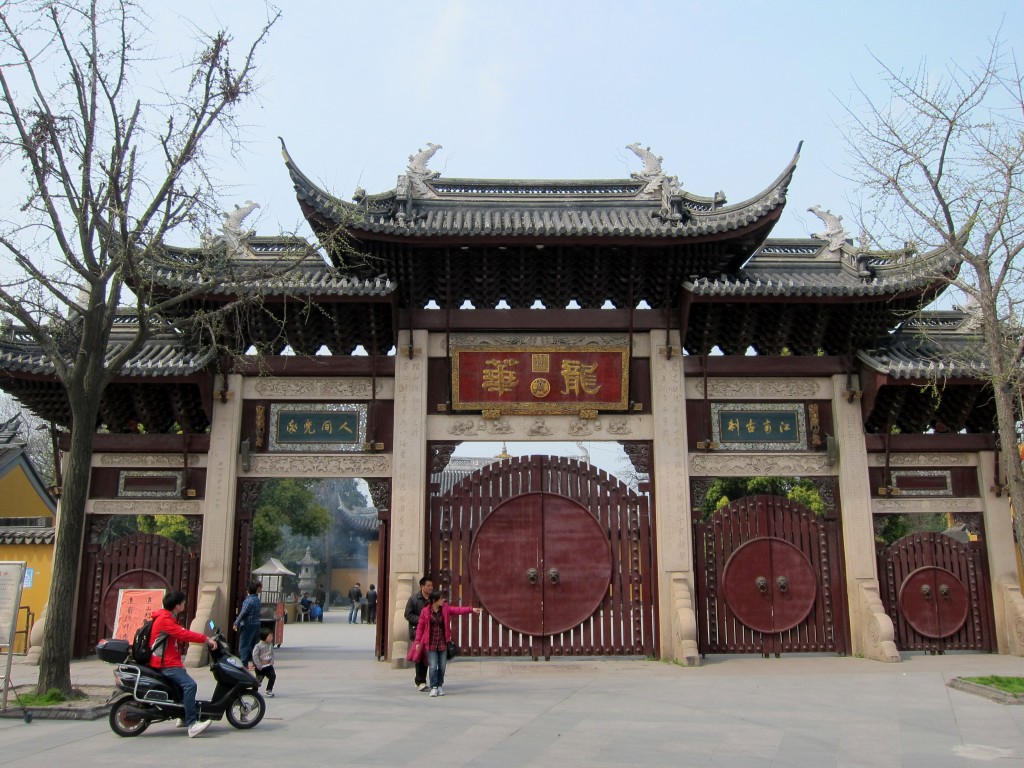
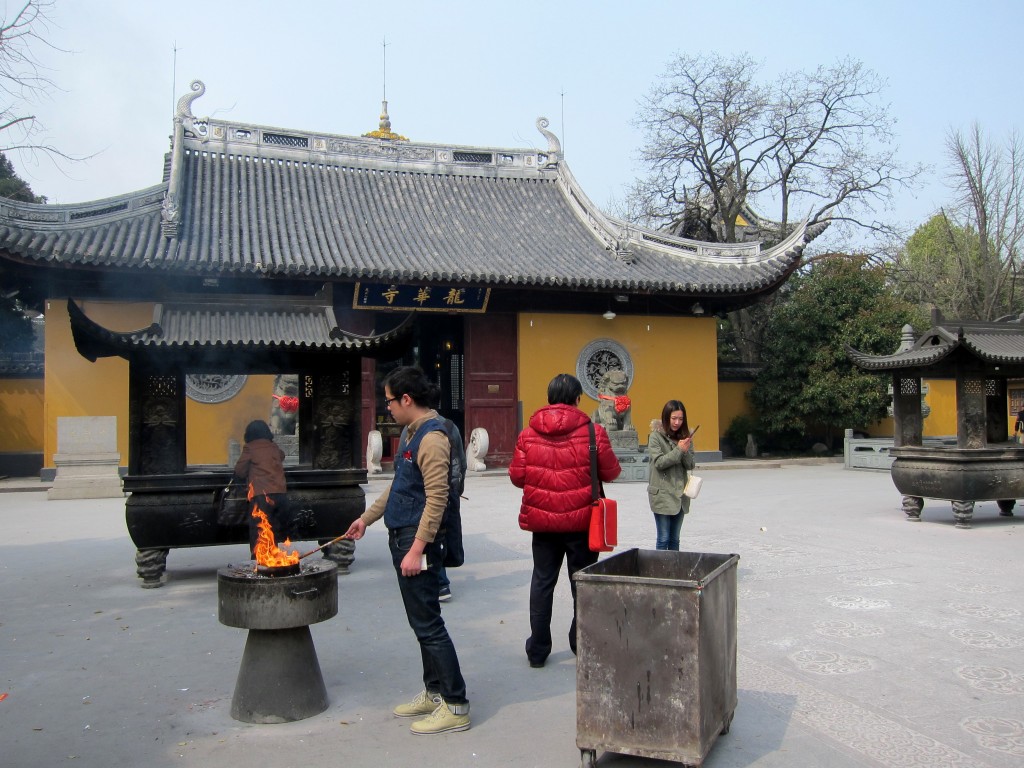
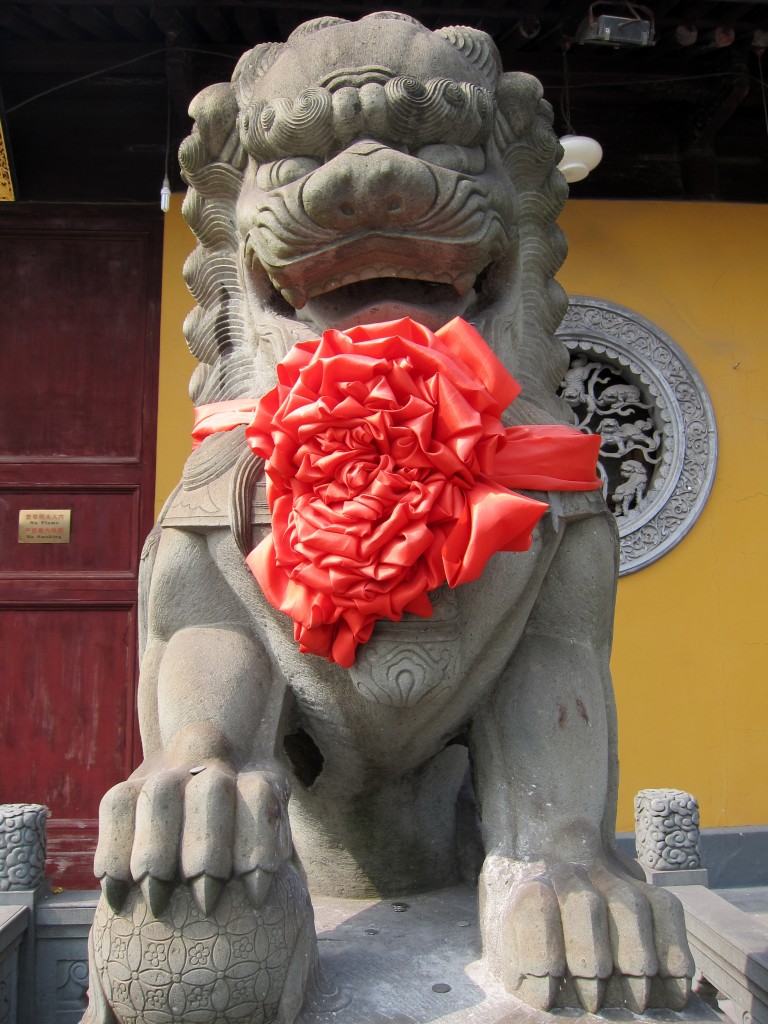
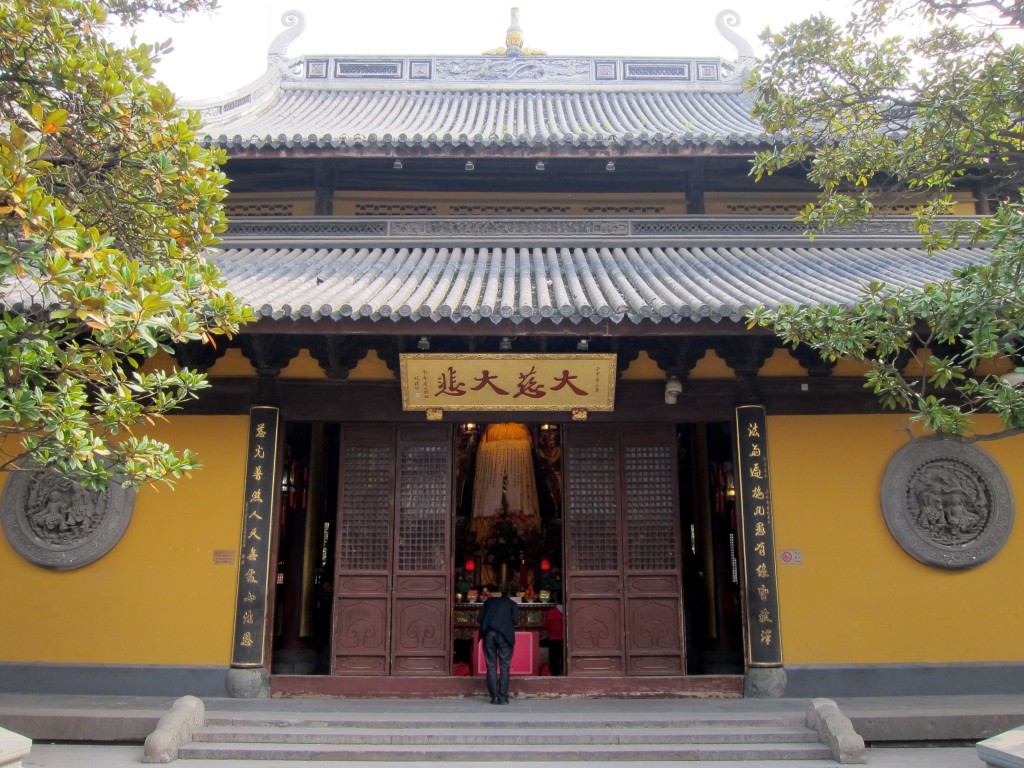

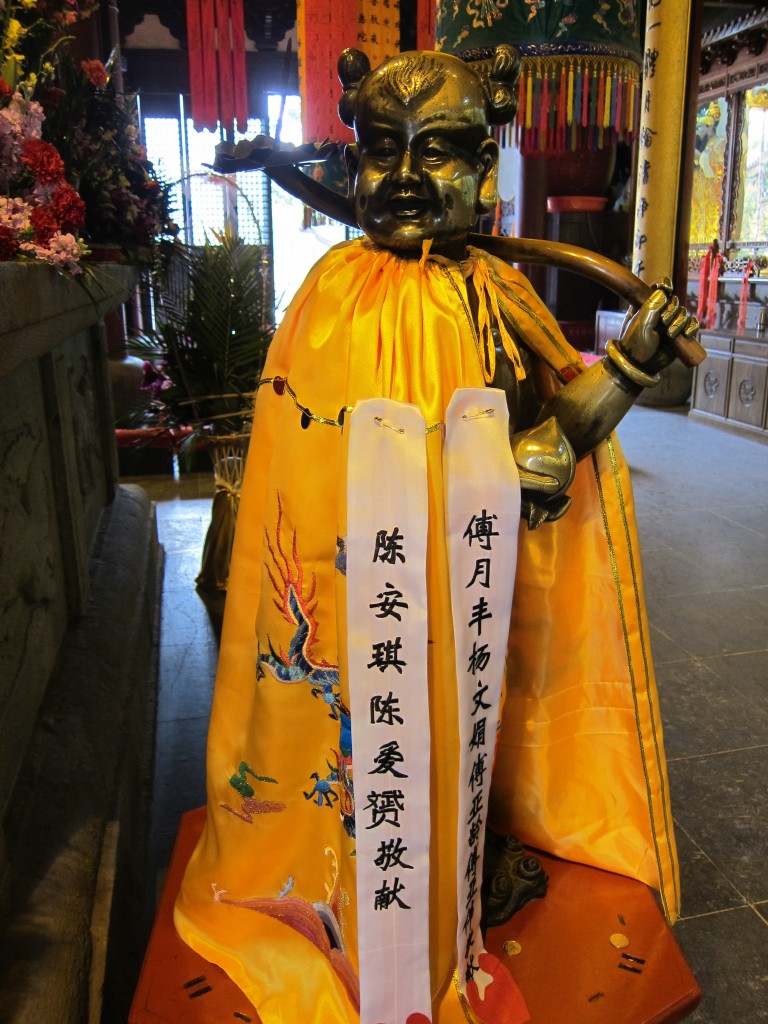
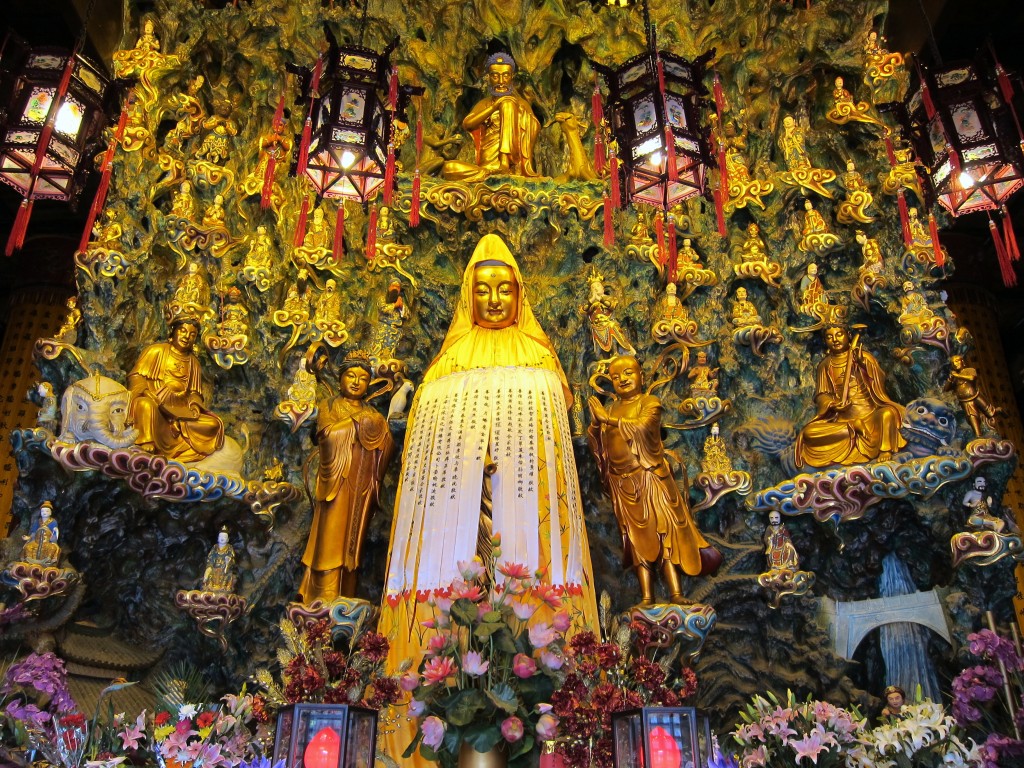
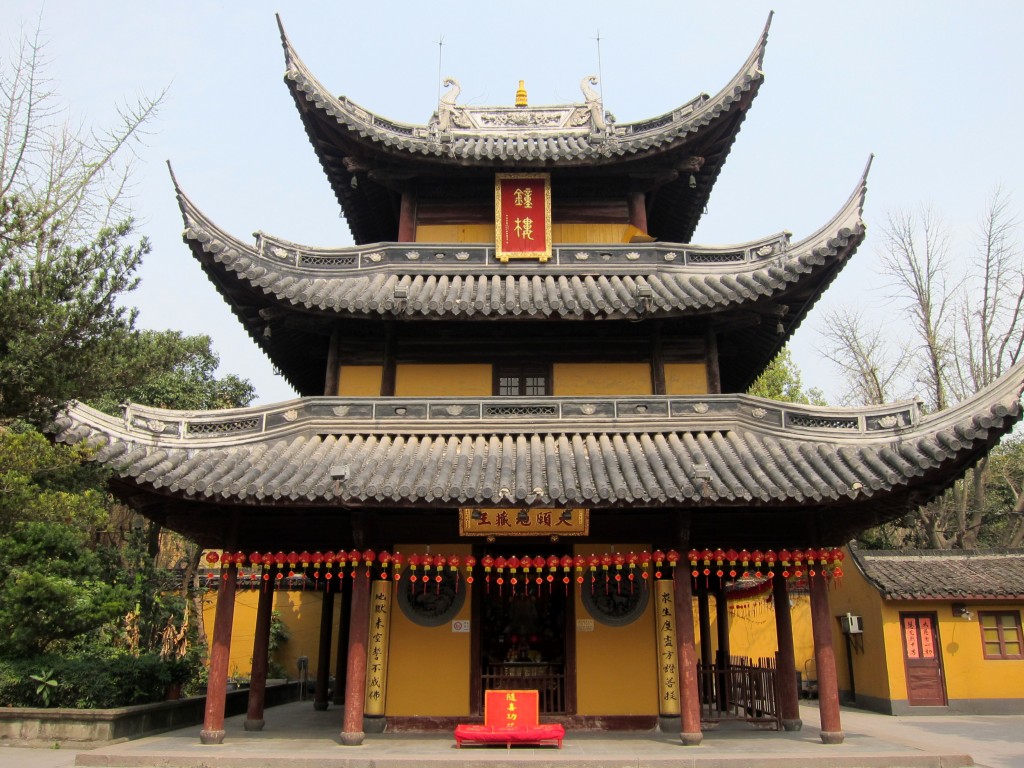
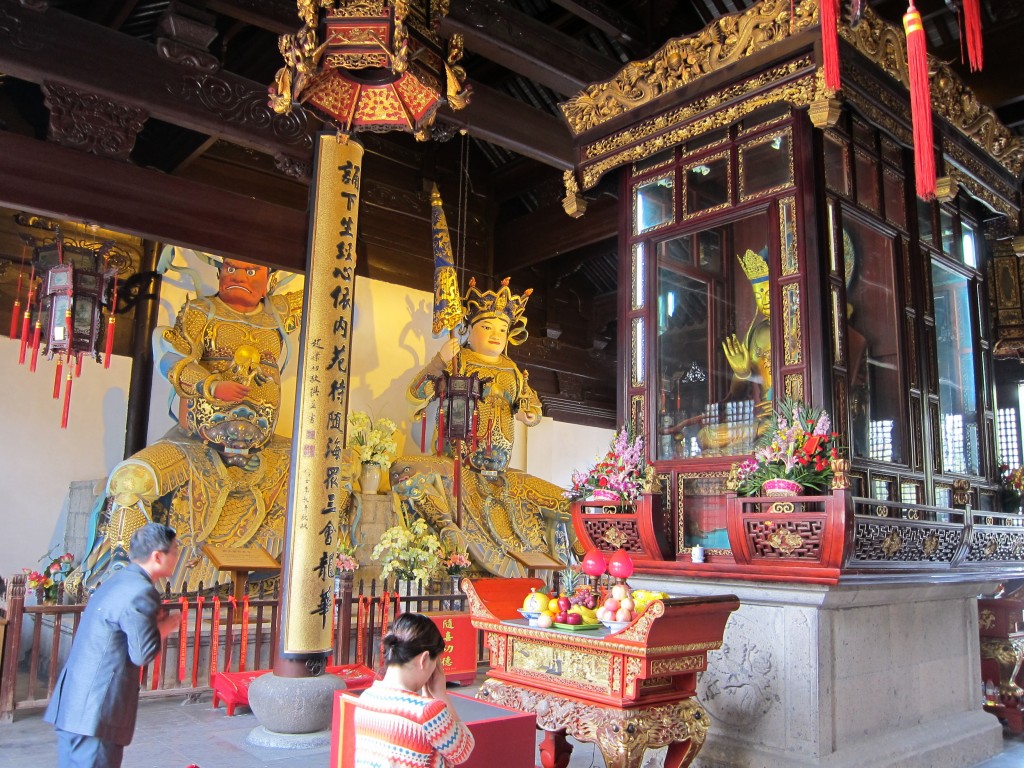
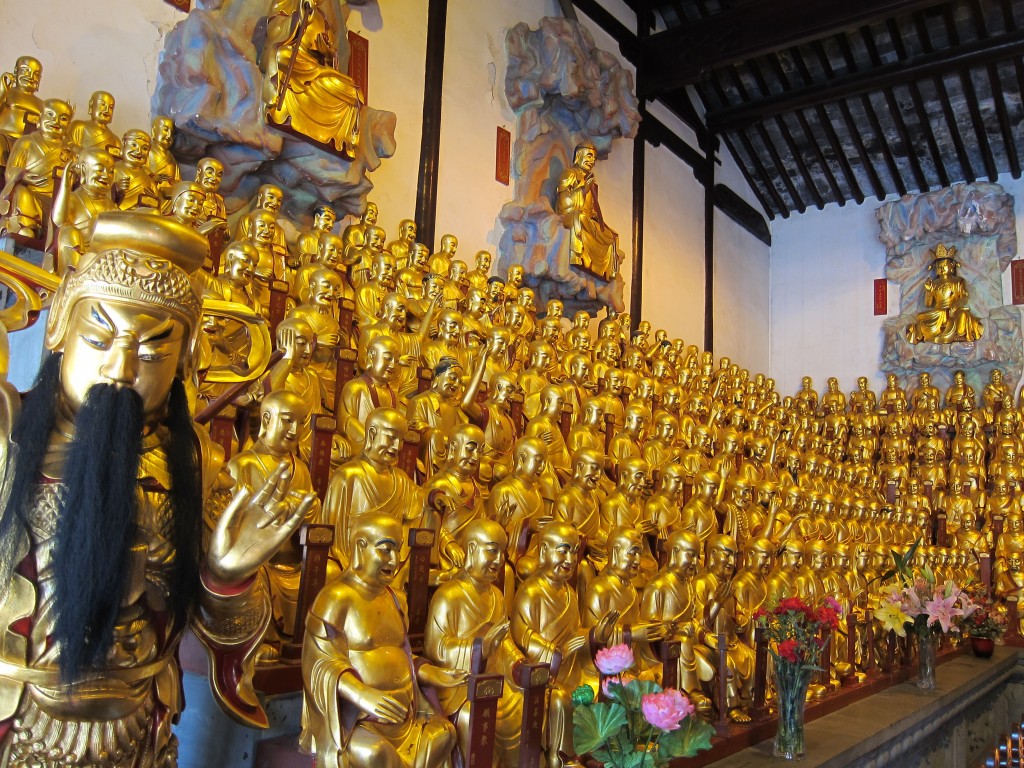
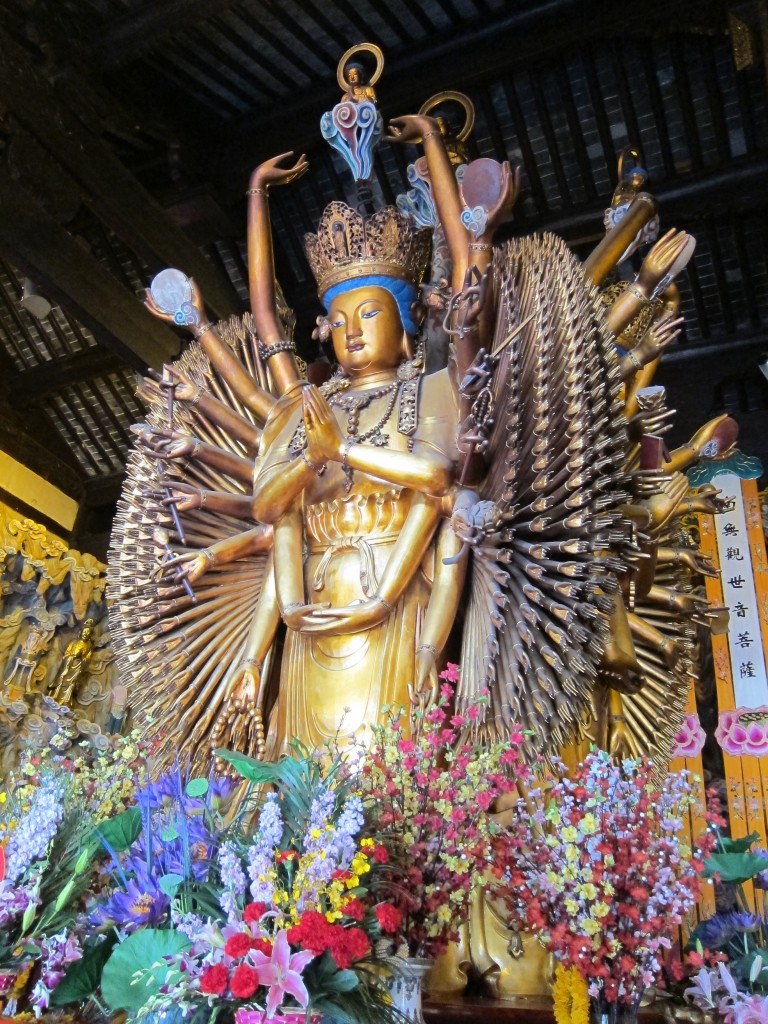

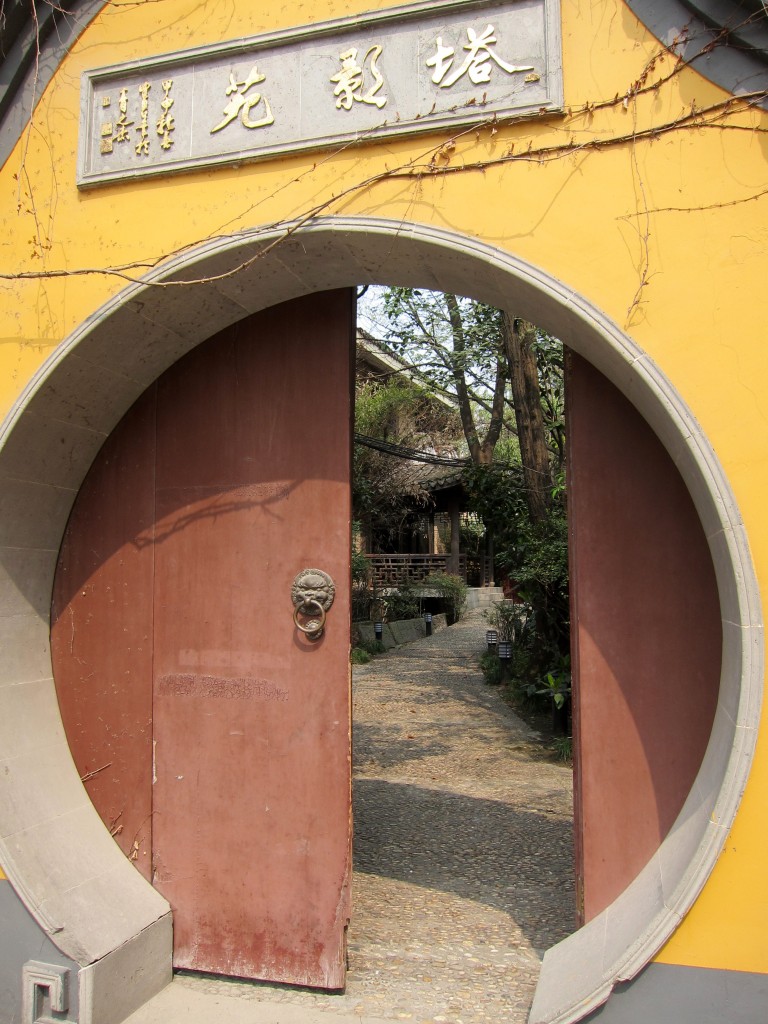


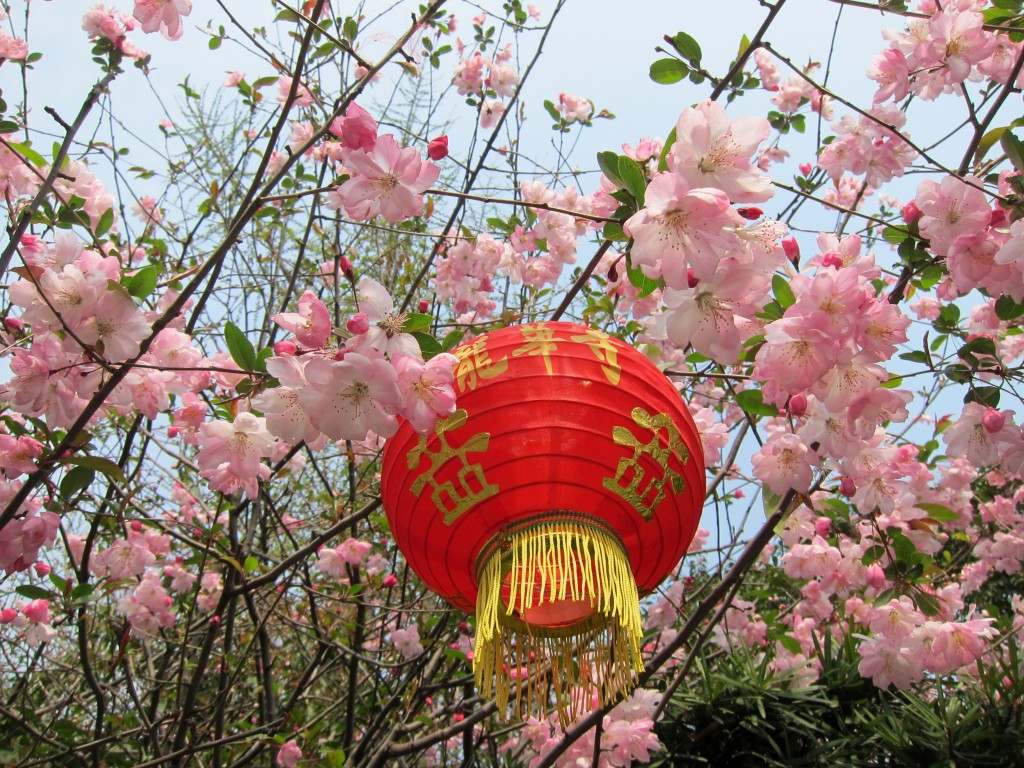
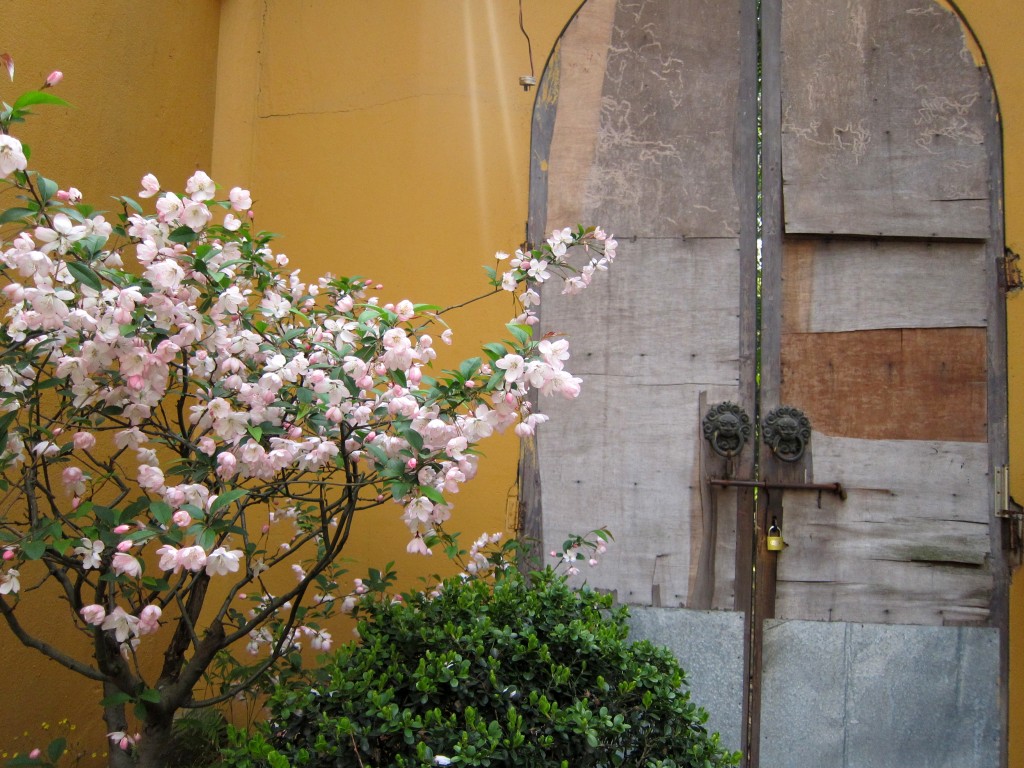
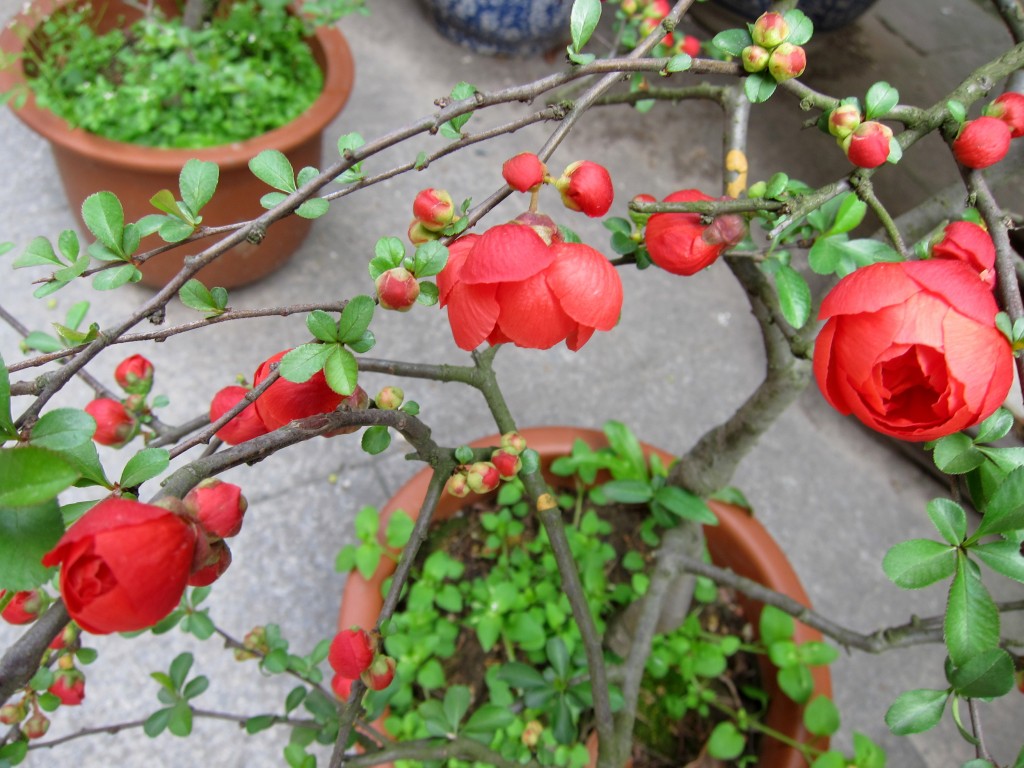
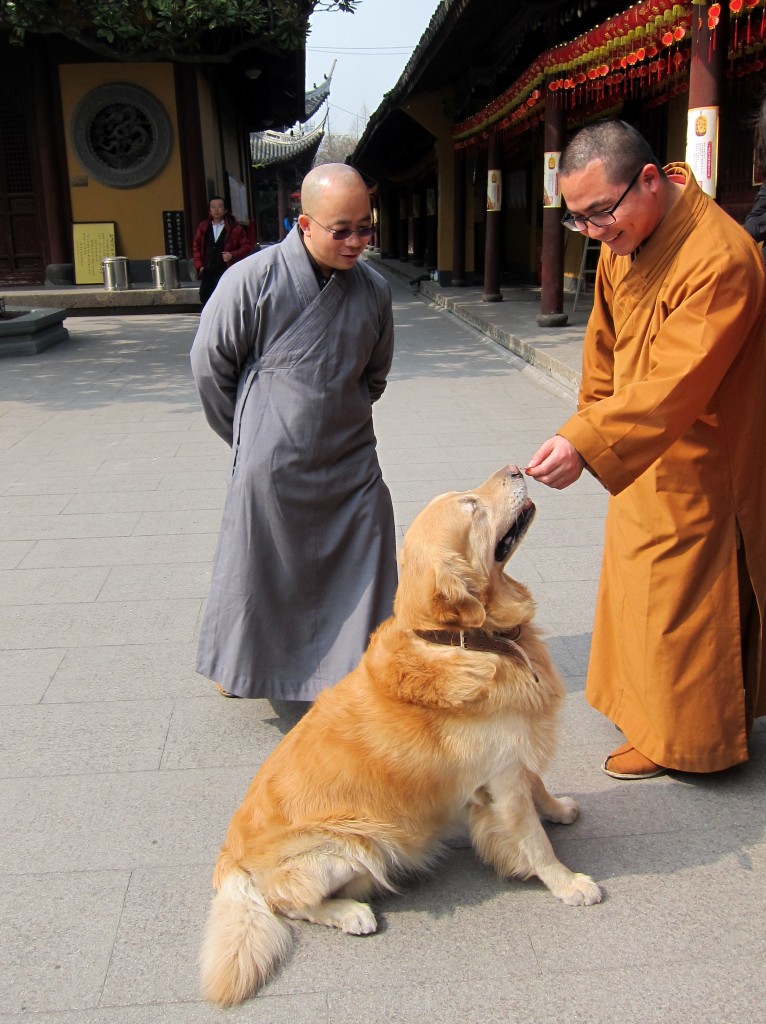
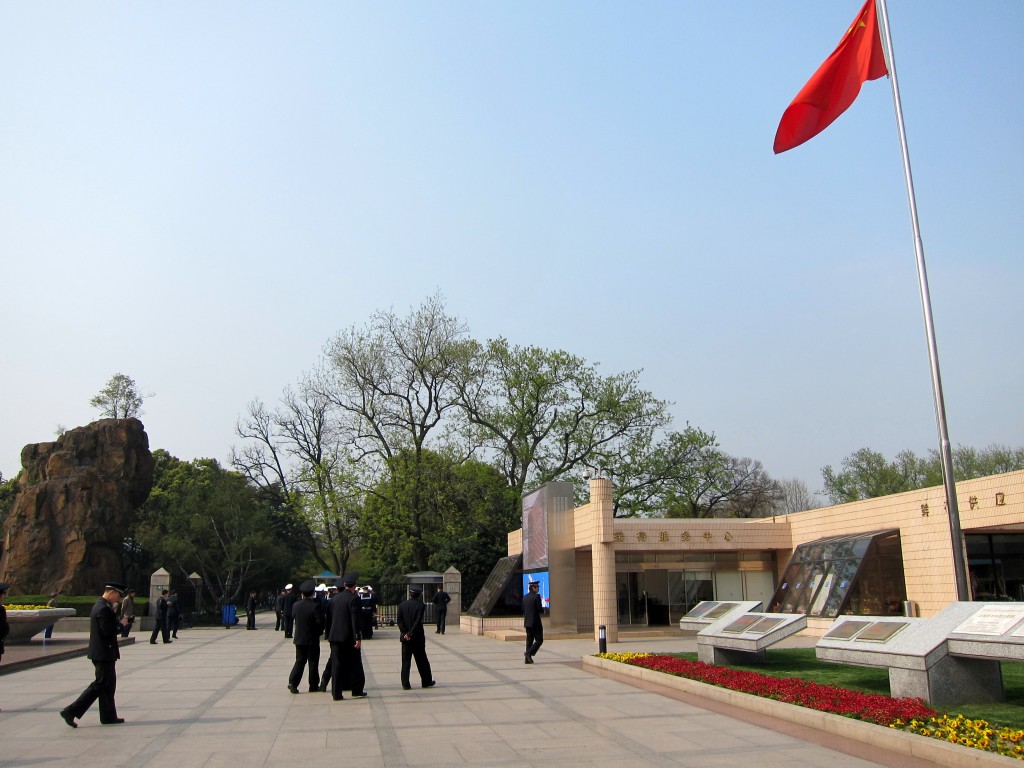
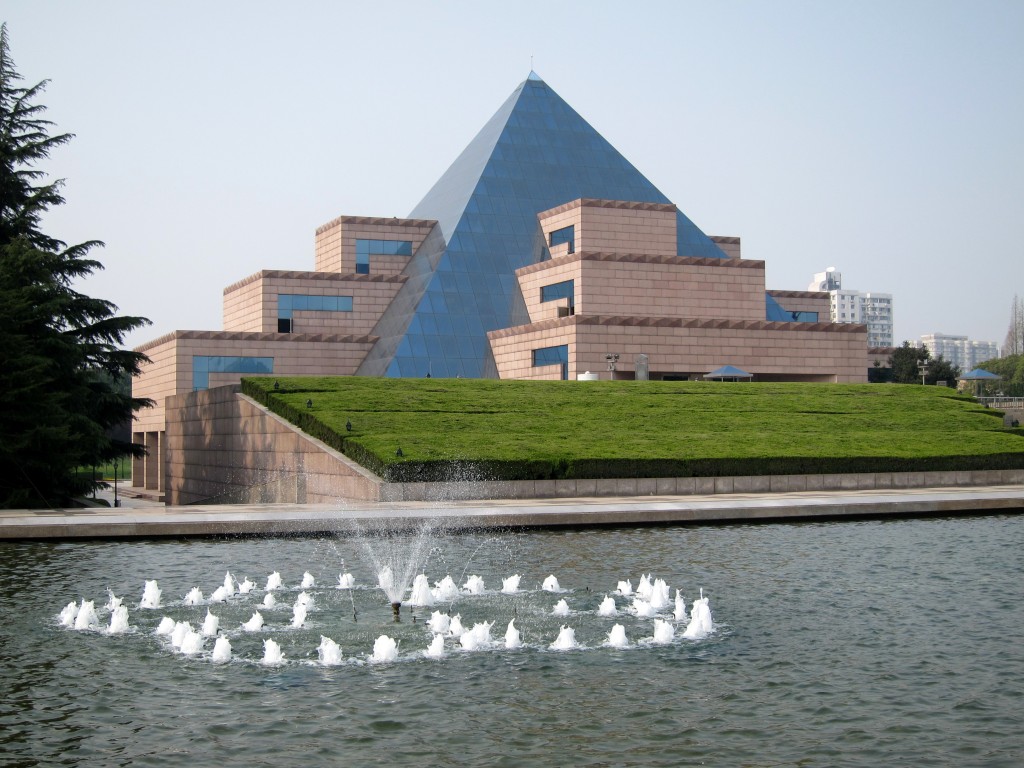
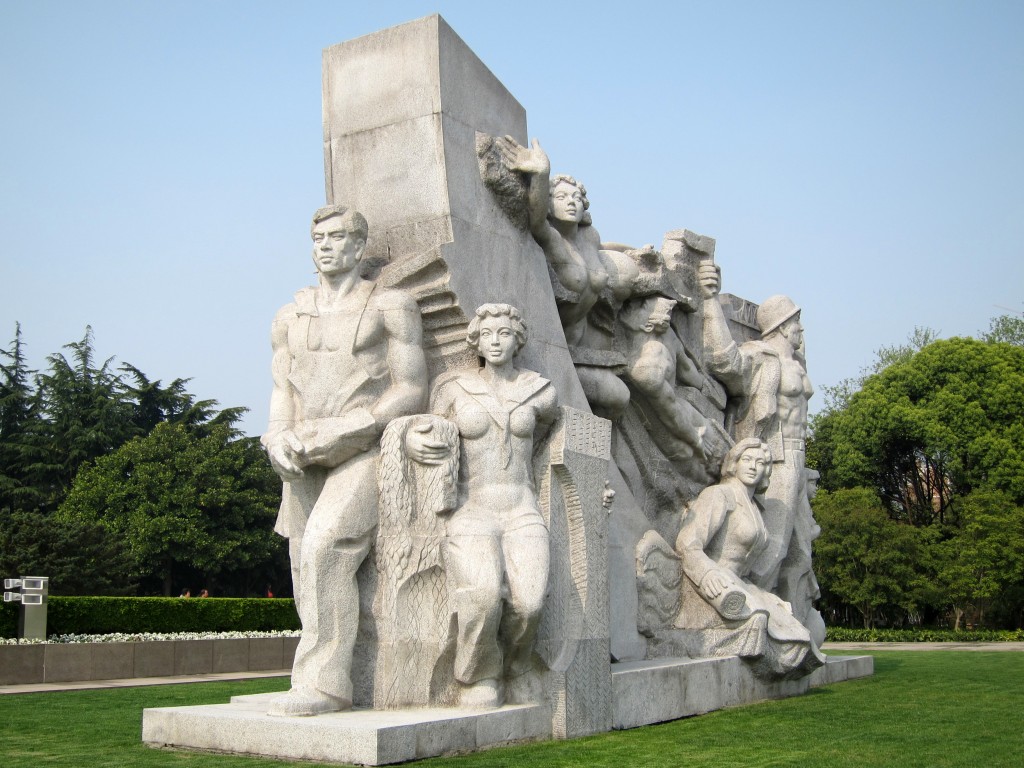
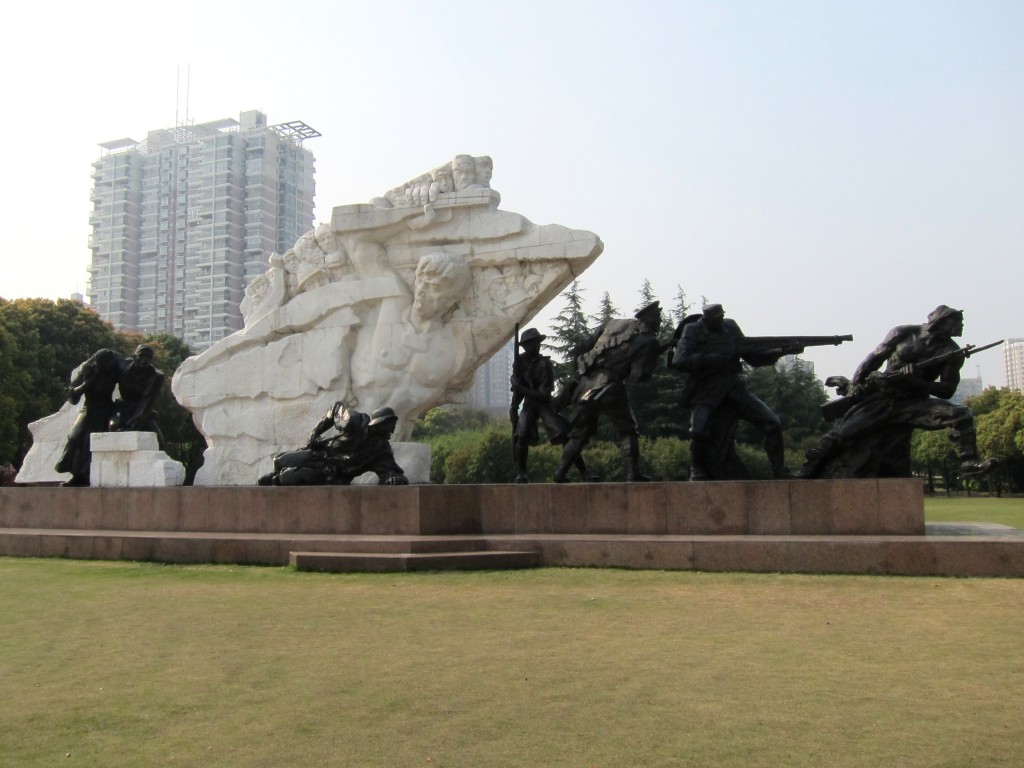
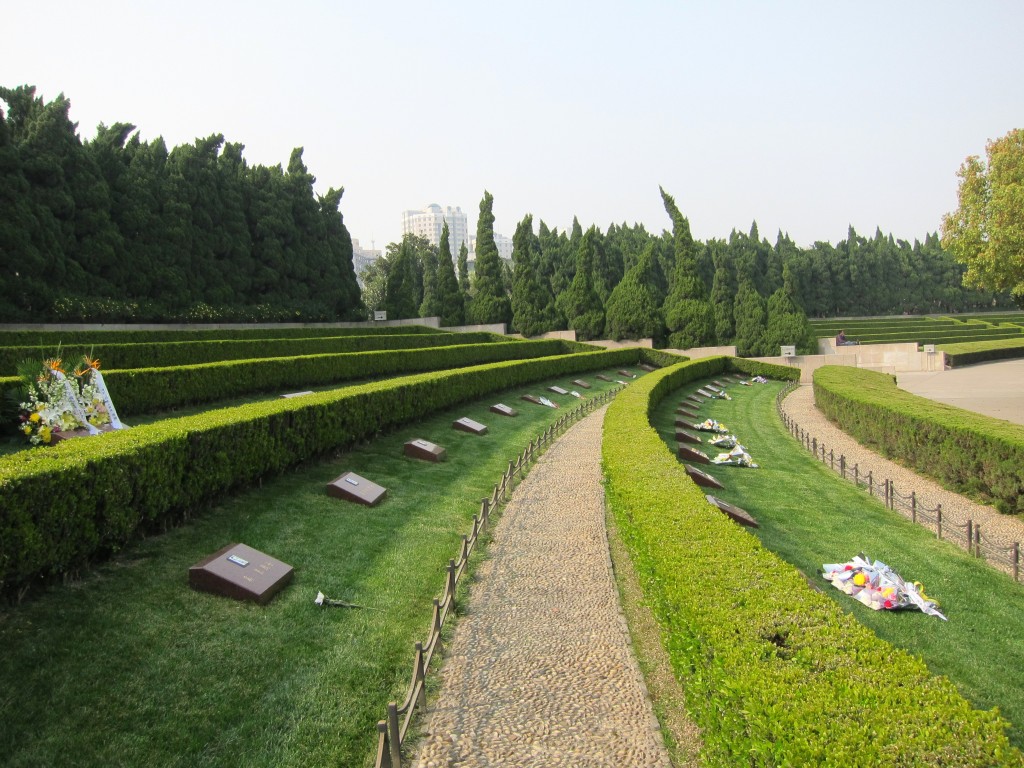
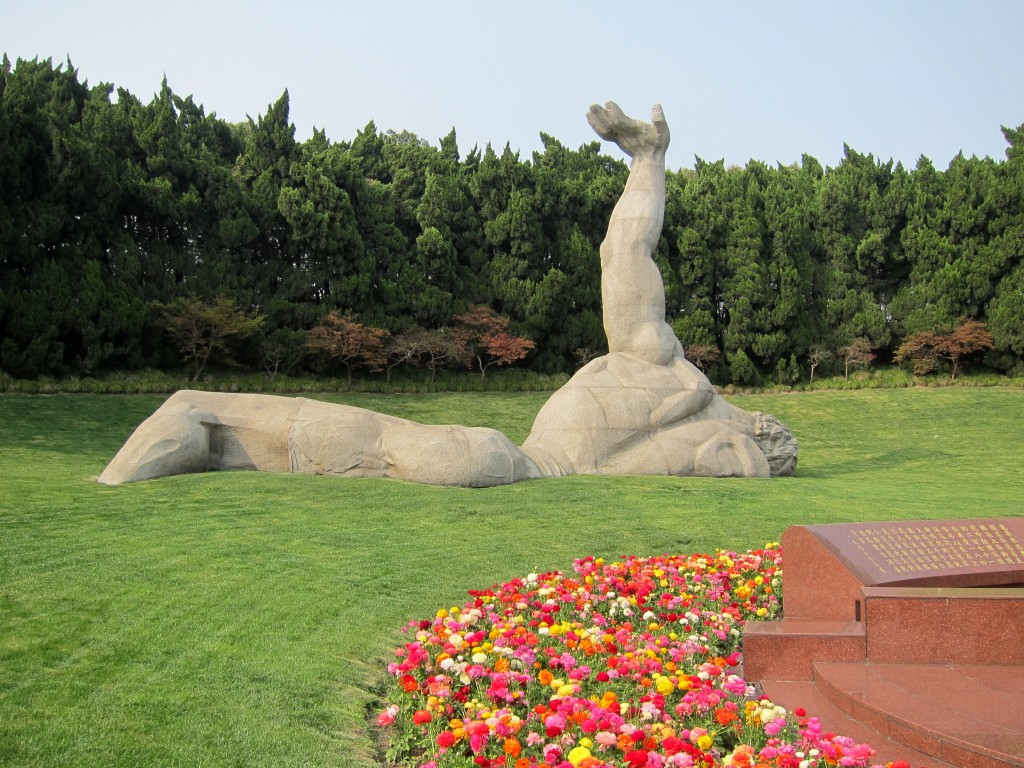
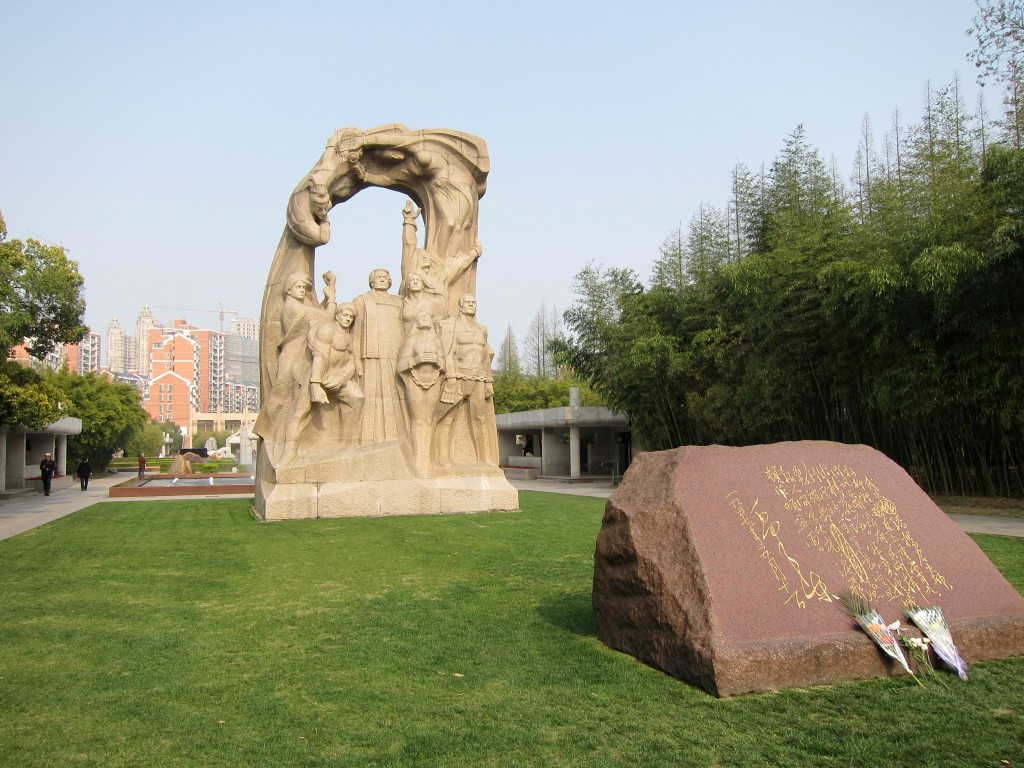
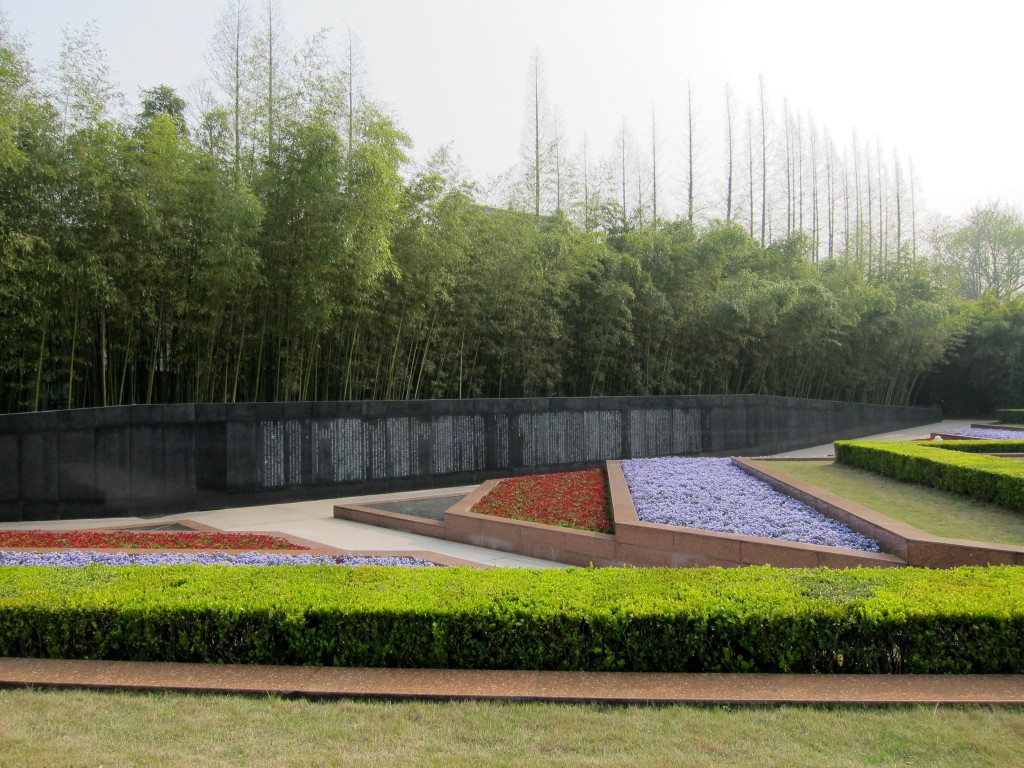
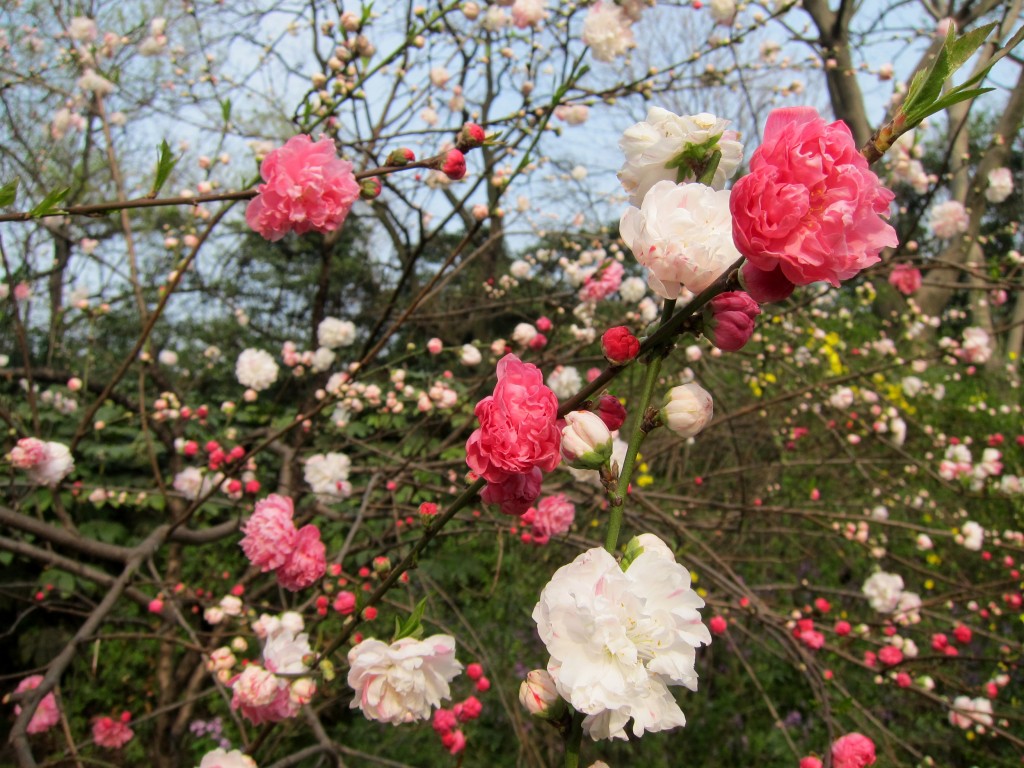
These look like beautiful places to explore – the shrine architecture is so interesting!
Most of Shanghai’s other temples got turned into factories and warehouses during the Cultural Revolution so it’s refreshing to find one with carved ceilings intact!
This was such a fun day! I enjoyed the beautiful weather and that there were very few tourists.
This place is soooo incredible- I need to go here in my lifetime!!!
I hope you get to go!